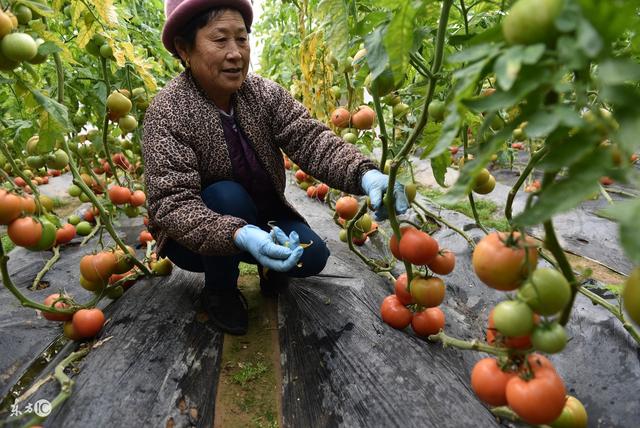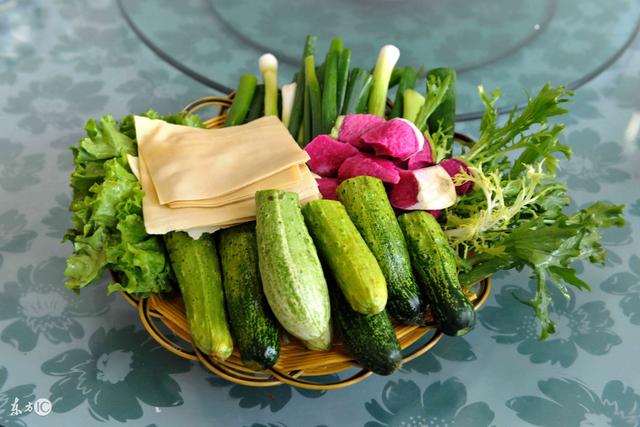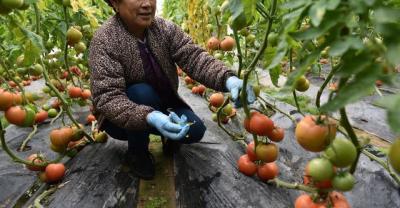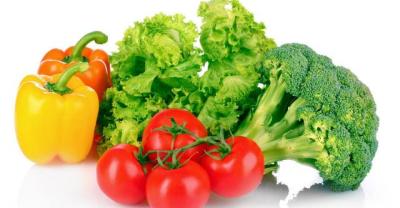A simple way to remove pesticide residues in fruits and vegetables, so that you live an extra second every day is worth!
The actual efficacy of "fruit and vegetable antidote" is not high, but pesticide residues in fruits and vegetables can not be avoided. So, how can consumers eat at ease?
1. Rinsing and soaking: washing is the basic method to remove dirt and pesticide residues on the surface of fruits and vegetables, mainly used in leafy vegetables, such as spinach, lettuce, Chinese cabbage and so on. Generally, rinse off the surface dirt repeatedly with clean water, then soak it with clean water for 10 minutes and then rinse with running water for three times.
2. The method of washing with running water and soaking in alkaline water: organophosphorus pesticides are easy to decompose in alkaline environment. This method is an effective measure to remove the pollution of organophosphorus pesticides in fruits and vegetables. Rinse the dirt on the surface of fruits and vegetables first, and then soak it in alkali water. Generally, add 5 to 10 grams of alkali noodles to 500 ml of water. After 5 to 15 minutes, take out fruits and vegetables and rinse with clean water for 3-5 times.

3. Peeling: fruits and vegetables that can be peeled, such as apples, pears, kiwifruit, cucumbers, carrots, wax gourds, pumpkins, zucchini and eggplant, should be peeled as much as possible before eating.
4. Storage method: pesticides will be slowly decomposed into substances that are harmless to the human body over time, so fruits and vegetables that are easy to be preserved can be stored for a certain time to reduce pesticide residues. Such as pumpkin, wax gourd and other non-perishable species.

5. Heating method: the decomposition rate of carbamate insecticides increases with the increase of temperature. Heating method is an effective measure to remove carbamate pesticide residues in fruits and vegetables. Such as celery, cabbage, green peppers, beans and so on, you can first wash the pollutants on the surface of fruits and vegetables with clean water, then put them into boiling water, remove them after 2-5 minutes, and then wash them with clean water for 1-2 times.

- Prev

There are children, pregnant women and old people at home. Pay attention! Teach you how to remove pesticide residues in fruits and vegetables
Fruits and vegetables are indispensable in daily life, but now the problem of pesticides in vegetables and fruits is also a special headache, in order to reduce intake and disability.
- Next

How to get rid of pesticide residues when washing vegetables? This is the right way! Just read this one.
Want to know more about health? Click ↗ in the upper right corner and follow us! As we all know, most of the fruits and vegetables planted now will be sprayed with pesticides.
Related
- Fuxing push coffee new agricultural production and marketing class: lack of small-scale processing plants
- Jujube rice field leisure farm deep ploughing Yilan for five years to create a space for organic food and play
- Nongyu Farm-A trial of organic papaya for brave women with advanced technology
- Four points for attention in the prevention and control of diseases and insect pests of edible fungi
- How to add nutrient solution to Edible Fungi
- Is there any good way to control edible fungus mites?
- Open Inoculation Technology of Edible Fungi
- Is there any clever way to use fertilizer for edible fungus in winter?
- What agents are used to kill the pathogens of edible fungi in the mushroom shed?
- Rapid drying of Edible Fungi

